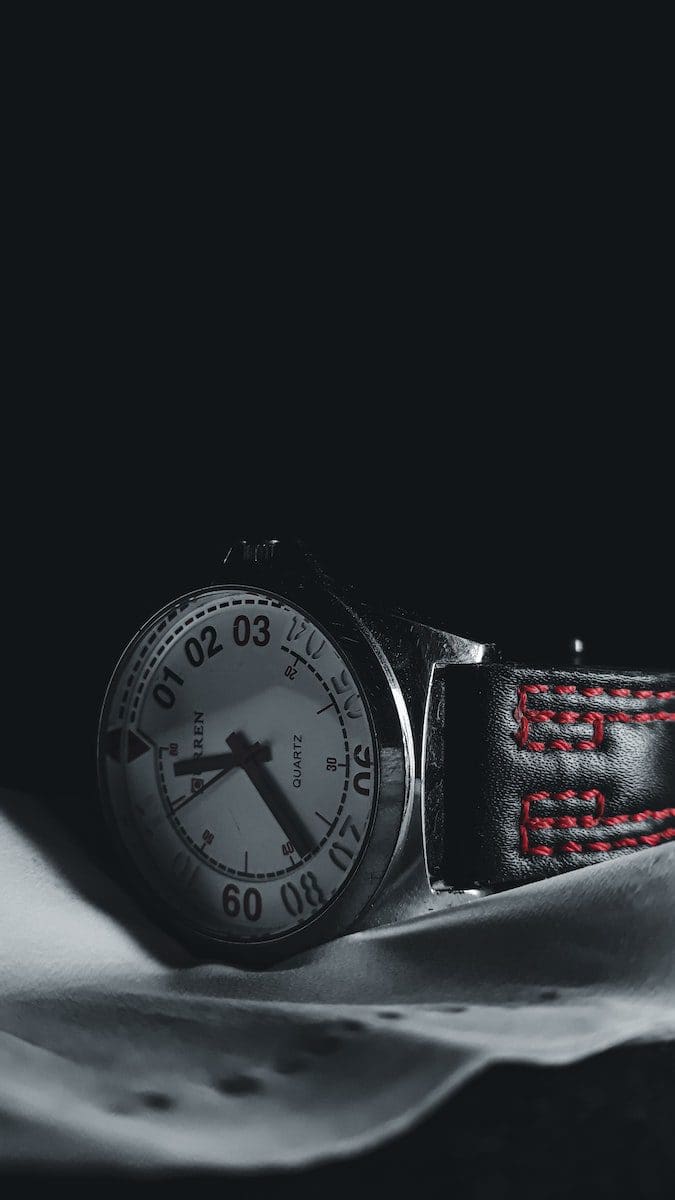Time is an important part of everybody’s life. Every person gets to live a disciplined and scheduled life if he does a certain thing on time. Time plays an important role in not only human’s life but also many other living beings’ lives.
Several processes in nature occur at a particular time. However, one of the greater inventions of humanity is the watch.
Watches and clocks tell us time and help us to do a certain task on time. Today there are several companies that manufacture different types of watches and clocks.
There exist several companies that provide us with a variety of options in watches and clocks. There are several types of watches, though two of the main types of watches are 1: quartz watches and 2. Automatic watches.
Key Takeaways
- A battery powers quartz watches, while automatic watches are powered by the motion of the wearer’s wrist.
- Quartz watches are more accurate than automatic watches.
- Automatic watches require more maintenance and are more expensive than quartz watches.
Quartz vs Automatic Watches
The difference between quartz watches and automatic watches is the source from which the respective watches gain their energy. The quartz watch gains its energy and power from a battery that is set up in it. On the other hand, the automatic watch gains its energy and power from motion that is caused by the wearer’s wrist.

The watches that use an electronic oscillator that is operated by a quartz crystal are known as quartz watches. A very accurate signal is established with the help of the crystal oscillator.
Warren Marrison and J. W. Horton built the world’s first-ever quartz clock in the year 1972. Quartz watches are the world’s most widely used watches, and this technology is one of the most popular technologies.
The watches that use the motion that is provided by the wearer’s wrist as the source of power and energy are known as automatic watches. Other names by which automatic watches are acknowledged include self-winding watches, simple automatic watches, etc.
The roots of the earliest usage of automatic watches date back to the end of the year 1773. However, the first successful design of the automatic watch was made by Abraham-Louis Perrelet.
He was a Swiss watchmaker.
Comparison Table
| Parameters of Comparison | Quartz Watches | Automatic Watches |
|---|---|---|
| Meaning/ Definition | The watches that use an electronic oscillator that is operated by a quartz crystal is known as quartz watches. | The watches that use the motion that is provided by the wearer’s wrist as the source of power and energy are known as automatic watches. |
| First made in | 1972 | 1777 |
| First made by | Warren Marrison and J. W. Horton | Abraham-Louis Perrelet |
| Power source | Battery | The motion of the wearer’s wrist |
| Also known as | No other name | Self-winding watches, simply automatic watches |
What are Quartz Watches?
The watches that use an electronic oscillator that is operated by a quartz crystal are known as quartz watches. A very accurate signal is established with the help of the crystal oscillator.
Warren Marrison and J. W. Horton built the world’s first-ever quartz clock in the year 1972.
The quartz crystal that is used in a quartz watch is a chemical compound that is known as silicon dioxide. One of the characteristic features of quartz crystal is that it is a piezoelectric material.
It exhibits electric charges when it is subjected to mechanical stress like bending. This effect can be reversed as well. The exhibition of the charges can be responsible for bending.
The electronic circuit that is present in the quartz watch acts as an oscillator as well as an amplifier. There is a resonator as well.
The resonator makes sure that only the frequency of interest is present and filters out the rest of the frequencies. However, the frequency of the oscillation of the crystal is directly proportional to the shape and size of the quartz crystal.
It is also dependent on the crystal plane on which the crystal is cut.
The quartz watches, and their technology has evolved thoroughly ever since their establishment. Many changes have been introduced to them, and many advanced features and parts have been brought.
Quartz watches are the world’s most widely used watches, and this technology is one of the most popular technologies.

What are Automatic Watches?
The watches that use the motion that is provided by the wearer’s wrist as the source of power and energy are known as automatic watches. The mainspring that is present in automatic watches is used to turn the gears.
The natural motions of the wearer are responsible for the winding of the mainspring.
Other names by which automatic watches are acknowledged include self-winding watches, simple automatic watches, etc. The roots of the earliest usage of automatic watches date back to the end of the year 1773.
However, the first successful design of the automatic watch was made by Abraham-Louis Perrelet. He was a Swiss watchmaker.
There are several advantages of using automatic watches. No battery is needed, which saves the money of buying a new battery every now and then.
These watches are fairly accurate and have smooth movements, even if they are a little expensive, they are low maintenance, and no handlining is required if these watches are worn regularly.
Automatic watches and their technology has evolved thoroughly ever since their establishment. Many changes have been introduced to them, and many advanced features and parts have been brought.
Automatic watches are the world’s most widely used watches today, and this technology is one of the most popular technologies, like the quartz timekeepers.

Main Differences Between Quartz and Automatic Watches
- The first quartz watch was made in the year 1972. On the other hand, the first automatic watch was made in the year 1777.
- The first quartz watch was made by Warren Marrison and J. W. Horto. On the other hand, the first automatic watch was made by Abraham-Louis Perrelet.
- The quartz stone is used in the making of quartz watches. On the other hand, no battery is required for automatic watches.
- The power source of quartz watches is the battery. On the other hand, the power source of automatic watches is the motion that is provided by the wearer’s wrist.
- No other names are used to acknowledge quartz watches. On the other hand, automatic watches are also acknowledged by names like self-winding watches and simply automatic watches.




